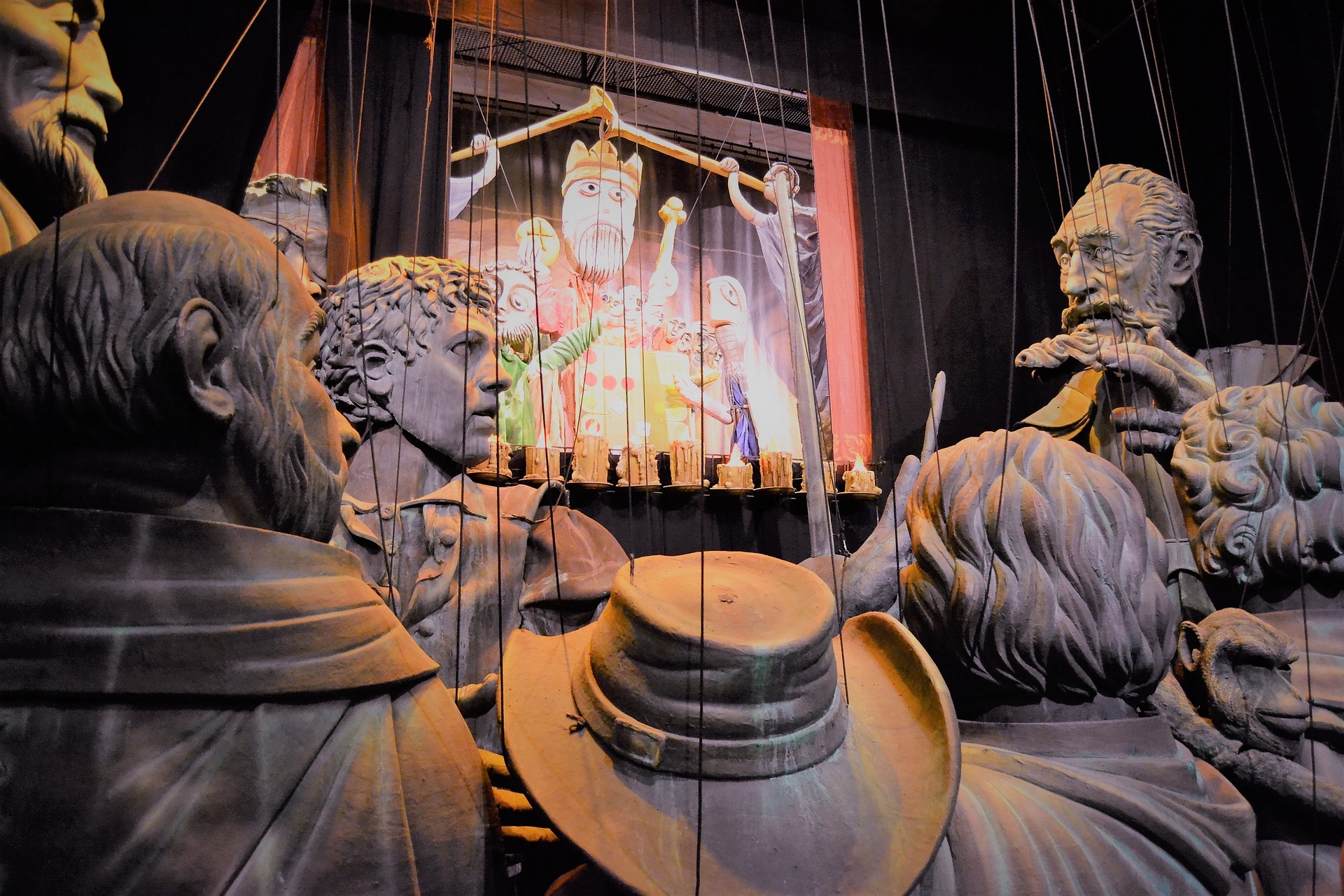Reviving the Lost Art of Silent Films: A Modern Take on a Classic Genre
Introduction: In a world dominated by stunning digital effects, 3D technology, and immersive sound design, the resurgence of silent films might seem like an unexpected twist. However, this classic genre is making a comeback, providing a nostalgic and innovative experience for viewers. This article delves into the silent film renaissance, its historical roots, its contemporary resurgence, and the impact it's making on today's film industry.

A Brief History of Silent Films
In the early days of cinema, silent films were the norm. They were the primary form of movie-making from the late 19th century until the late 1920s. Silent films were characterized by the absence of synchronized recorded sound, specifically spoken dialogue. Instead, they relied on visual storytelling, with title cards providing necessary context and dialogue. This era produced iconic stars like Charlie Chaplin and Buster Keaton who are remembered for their expressive acting style that transcended the need for words.
The Decline and Almost-Extinction
With the advent of sound in movies, or “talkies,” in the late 1920s, silent films quickly fell out of favor. The new technology transformed the cinematic experience, and audiences flocked to hear the voices of their favorite stars. By the 1930s, silent films were largely a thing of the past, with only a few filmmakers choosing to work in the format.
The Modern Resurgence
Fast-forward to the 21st century, and silent films are experiencing a resurgence. A new generation of filmmakers is exploring the potential of the silent format, drawn to its simplicity and the challenge it presents. Recent successes like ‘The Artist,’ which won the Best Picture Oscar in 2012, prove that silent films can resonate with modern audiences.
Impact and Significance
The revival of silent films sends a powerful message about the enduring power of visual storytelling. It challenges today’s filmmakers to think outside the box and encourages audiences to engage with cinema on a deeper level. Without dialogue to lean on, filmmakers must rely on visual cues and nuanced performances to convey plot and emotion, harking back to the roots of cinematic art.
Reception and Next Steps
The reception of the modern silent film has been largely positive, with critics praising the genre’s ability to strip storytelling back to its essentials. There is an increasing interest among filmmakers and audiences in exploring this almost forgotten form of cinema. As the silent film genre continues to evolve, it will be fascinating to see how it influences the broader landscape of film and storytelling.
In conclusion, the resurgence of silent films is a welcome reminder of the roots of cinema. It showcases the power of visual storytelling and challenges both filmmakers and audiences to experience cinema in a new, yet nostalgically familiar way. As we move forward in the digital age, the silent film genre serves as a testament to the timeless nature of good storytelling. Regardless of technological advancements, the essence of cinema remains the same: to tell compelling stories that captivate audiences.





